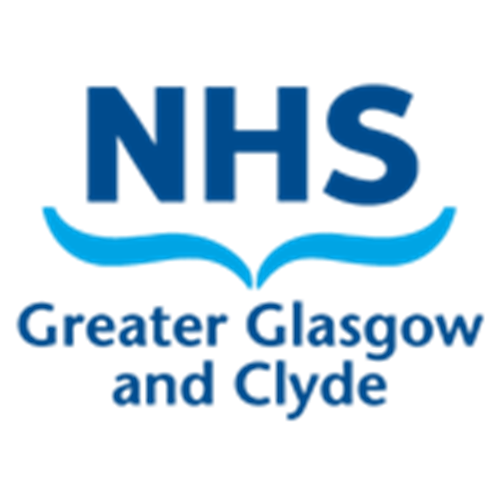- Haemodynamically stable
- No evidence of ongoing haemorrhage, underlying medical disorder
- Symptoms and signs of anaemia(palpitations, fatigue, fainting spells, shortness of breath, pale skin)
- Haemoglobin value
Postpartum Blood Transfusion in Stable Patients (325)

Warning
Objectives
To develop a policy of prescription of blood transfusion based on symptoms and signs rather than based on haemoglobin value. To minimize the number of units transfused without comprising the benefits of transfusion.
| Please report any inaccuracies or issues with this guideline using our online form |
Blood transfusion though life saving is not without hazards. The risk of complications (immunologic, non immunologic) increases with the volume of transfusion. It is important to avoid unnecessary exposure to allogenic blood products. Due to safety concerns, many recent studies on restrictive transfusion policy have been published and they have been shown to be effective.2,3,4 Moreover the number of red cell units ordered are not always utilised and can lead to significant wastage.1